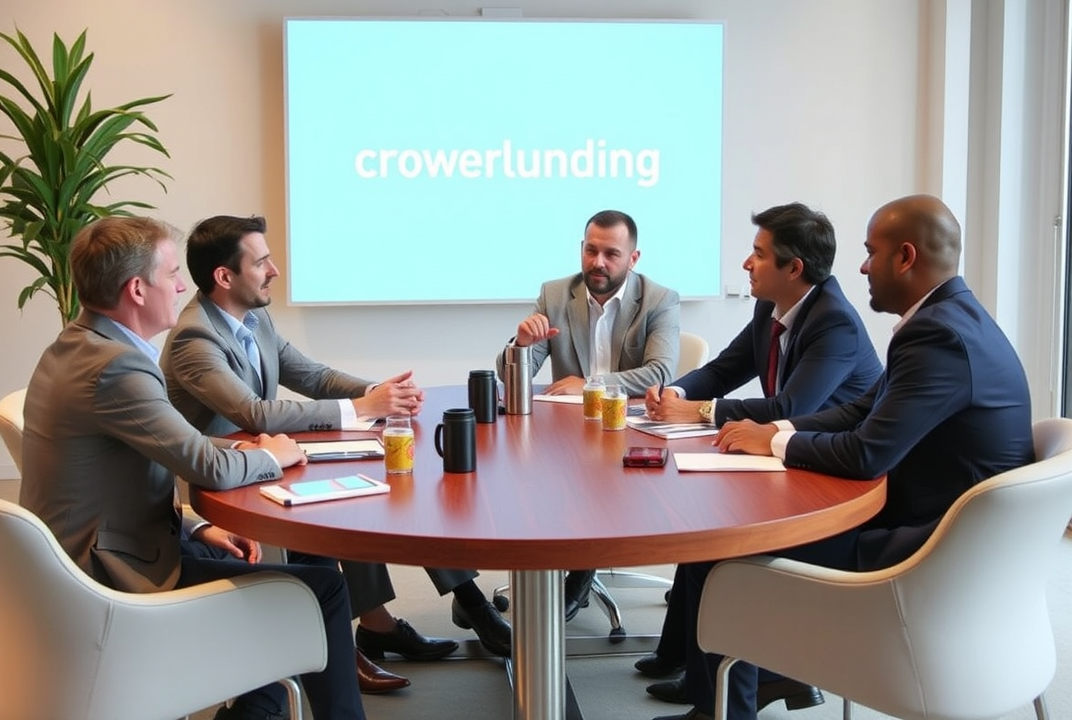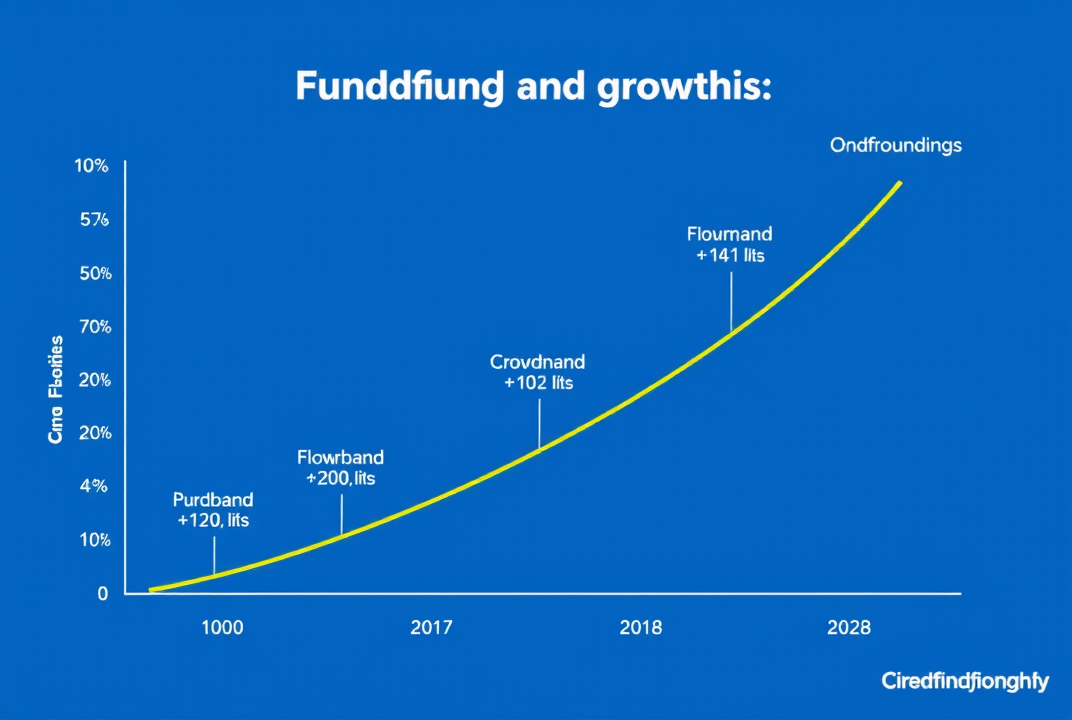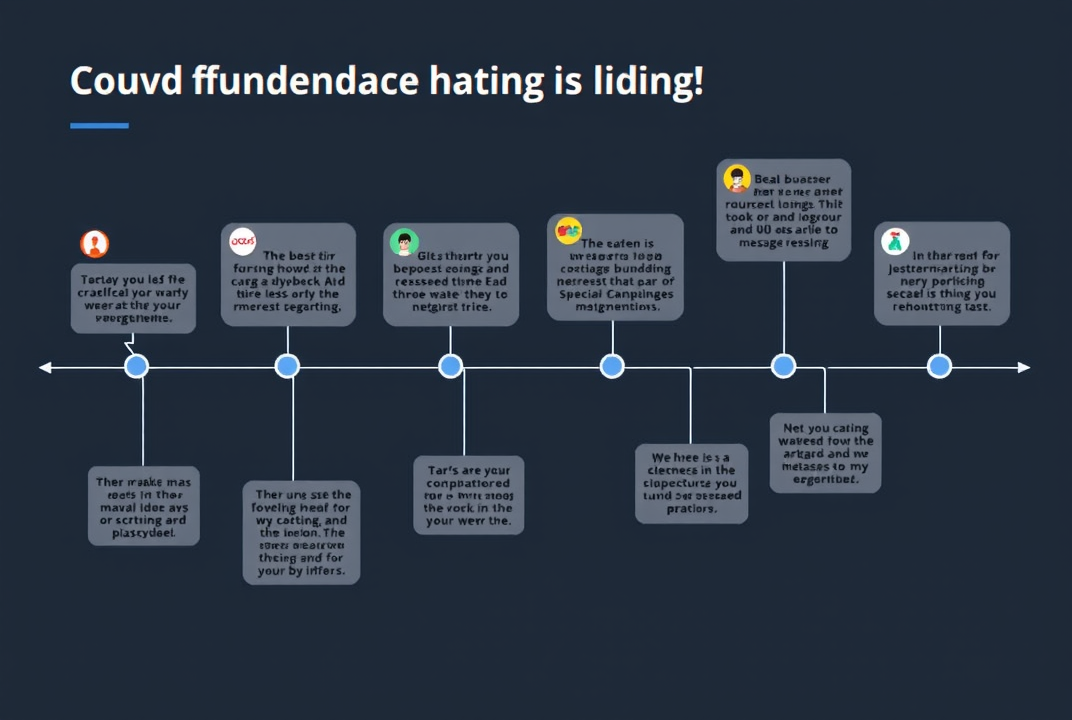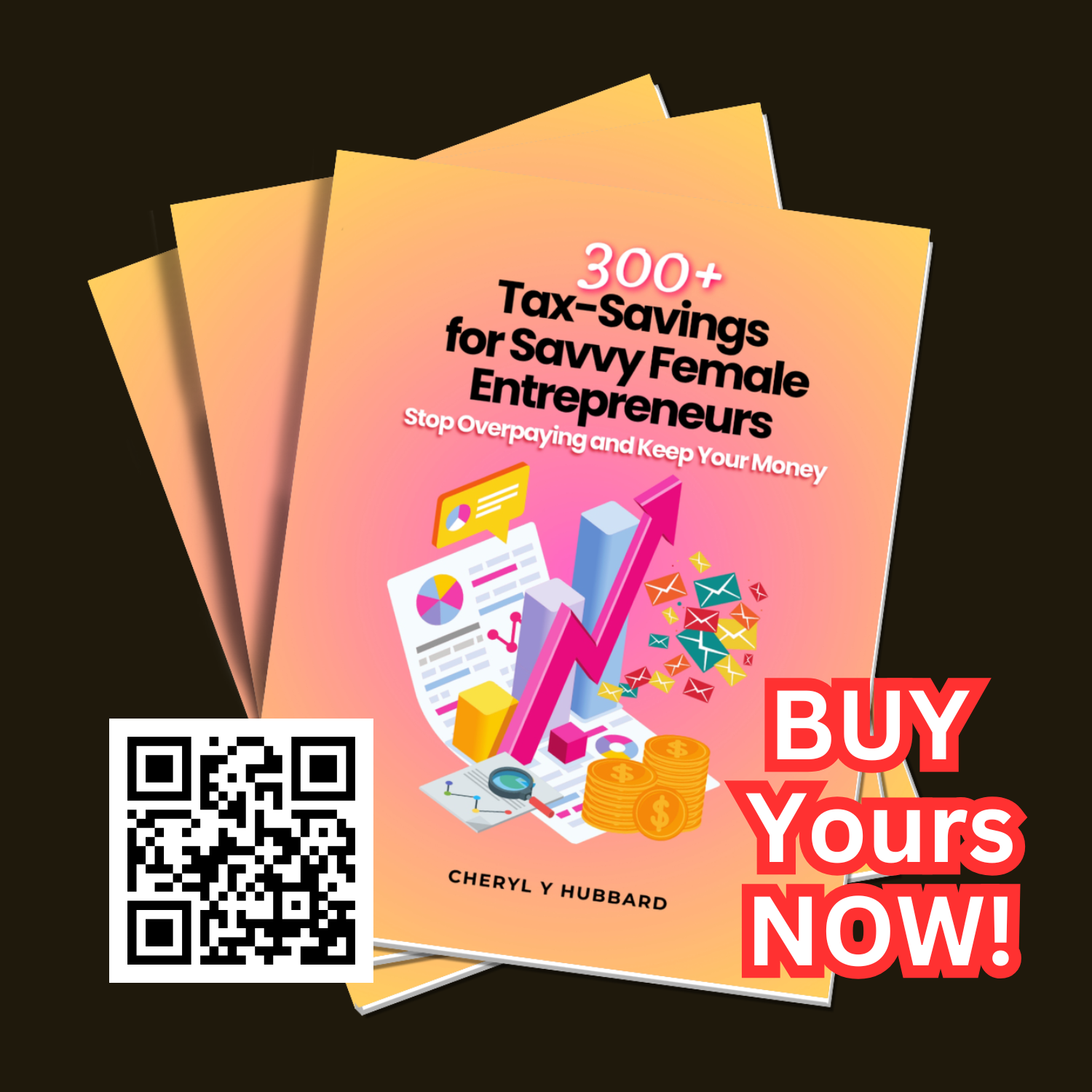Crowdfunding 101: Assessing the Right Fit for Your Business

Introduction
Did you know that crowdfunding raised over $17 billion worldwide last year? Such impressive numbers suggest that this financial tool is more than just a trend; it's a powerful enabler for businesses of all sizes looking to raise money. But what exactly is crowdfunding, and how can it impact your business?
Crowdfunding is a means of raising capital through the collective efforts of friends, family, customers, and individual investors. In an age where traditional financing can be slow and bureaucratic, crowdfunding offers a more agile solution. This method isn't just reserved for tech startups. Businesses in diverse industries are tapping into the broad array of benefits offered by this financial mechanism. However, it's crucial to weigh the potential against the pitfalls to decide if crowdfunding is the right step for your business.
This article will guide you through the essentials of crowdfunding, explore different types, and present the benefits and risks involved. We'll also provide practical insights on how to launch a successful campaign.

Understanding Crowdfunding
Crowdfunding involves soliciting small amounts of money from a large number of people, typically via the Internet. It democratizes finance by allowing those without access to traditional funding avenues to solicit contributions from a global audience. But is this method right for your business? Let's break it down further.
Types of Crowdfunding
1. Reward-Based Crowdfunding
Reward-based platforms such as Kickstarter allow backers to give money to a project in exchange for a tangible reward or product. This model is highly popular among creative endeavors such as art, music, and technology.
-
Example: A small tech company launching a new gadget might offer early-bird versions at discounted prices.
2. Equity Crowdfunding
In equity crowdfunding, businesses offer shares to backers. This method is akin to selling minor ownership stakes in a company. It's an attractive option for startups looking to grow without amassing debt.
-
Example: A fintech startup seeking to expand its app may offer equity stakes in exchange for early investment.
3. Debt-Based Crowdfunding
Debt-based crowdfunding, often known as peer-to-peer lending, involves borrowing money with the agreement that it will be paid back with interest. It contrasts with traditional bank loans in accessibility and terms.
-
Example: A local business that needs funds to renovate may turn to platforms like Funding Circle for peer-to-peer lending.
4. Donation-Based Crowdfunding
This type focuses on charity or social causes where contributors don’t expect any return.
-
Example: A nonprofit raising funds for community development projects.
Each type comes with its own set of benefits and downsides. Is one of these a fit for your project?

Benefits of Crowdfunding
1. Access to Capital
Crowdfunding provides access to capital that might not be available through traditional loans. It's particularly useful for startups and small businesses with limited collateral or operating history.
-
Insight: Entrepreneurs can secure short-term funding without the need for a robust financial history.
2. Market Validation
Crowdfunding serves as a litmus test for your product or service. A successful campaign can validate a concept, indicating market demand.
-
Case Study: An eco-friendly product startup validates interest by exceeding its funding goal, implying market readiness.
3. Marketing and Exposure
By its nature, crowdfunding attracts attention. Campaigns are shared across various platforms, increasing visibility and brand awareness.
-
Example: Viral sharing of campaign videos can broaden potential reach beyond initial target audiences.
4. Early Adopters and Community Building
Engaging with backers builds a community of early adopters who can provide feedback and support. These early supporters often become brand advocates.
-
Quote from Expert: "Crowdfunding not only raises funds but also builds a tribe of brand advocates."
While these benefits are compelling, it's essential to understand the challenges that accompany crowdfunding ventures.
Risks and Challenges
1. Time-Intensive Planning and Execution
Campaigns require substantial time and resources during both planning and execution stages. If your team is already stretched thin, this could strain resources.
-
Advice: Allocate dedicated personnel to manage campaign aspects, such as marketing and communication.
2. Reputation Risk
Failure to meet campaign goals or deliver on promises can potentially tarnish your brand's reputation. Missteps in execution can have long-lasting consequences.
-
Insight: Transparency and timely communication maintain trust, even during project hurdles.
3. Financial Oversights
With success comes responsibility, particularly financial oversight. The influx of funds can complicate accounting and allocation if not managed carefully.
-
Tip: Partnering with financial advisors can offer clarity on fund usage and reporting.
4. Legal and Regulatory Considerations
Certain crowdfunding types require adherence to regulatory requirements that vary by region, especially equity crowdfunding.
-
Tip: Consulting legal experts can navigate these waters effectively.

Crafting a Successful Crowdfunding Campaign
1. Set Clear Goals
Define what you aim to achieve with a crowdfunding campaign, whether it's reaching a funding target or garnering community support.
-
Strategy: Clearly articulated goals guide the campaign narrative and strategies.
2. Build a Compelling Story
A powerful narrative captures potential backers’ imaginations. Your story should explain the purpose and impact of your project.
-
Approach: Use storytelling to humanize the business and connect with backers emotionally.
3. Choose the Right Platform
Not all crowdfunding platforms are the same. Align the platform choice with your campaign’s goals and target audience.
-
Example: Creative projects flourish on Kickstarter, whereas equity fundraising may suit platforms like Seedrs.
4. Engage Your Audience Early
Building anticipation prior to your campaign launch can lead to initial momentum. Utilize your existing network and leverage social media for pre-campaign buzz.
-
Action Plan: Early engagement can be achieved through sneak peeks and exclusive previews.
5. Monitor and Adapt
Post-launch, monitor the campaign continuously. Being aware of backers' feedback and adapting to changes can influence the campaign's outcome.
-
Advice: Agile strategies allow for quick reactions to campaign dynamics.

Conclusion
Is crowdfunding the right fit for your business? The answer lies in weighing its potential against your specific goals and constraints. Whether you're seeking to finance innovation, generate buzz, or gauge market interest, crowdfunding offers unique opportunities. But be prepared to commit the necessary time and resources to plan, execute, and follow through successfully.
If crowdfunding aligns with your business vision, consider exploring platforms that suit your needs and start crafting your campaign strategy today. Whatever path you choose, remember that getting informed and planning rigorously are keys to navigating the world of crowdfunding effectively.
